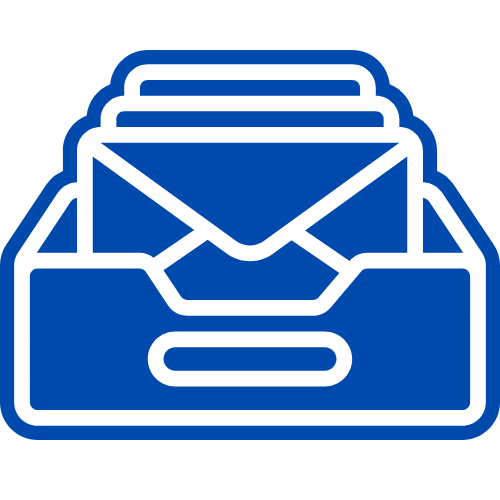XML or eXtensible Markup Language is a versatile and dynamic tool used for web development. XML’s ability to structure data and documents has made it one of the most popular markup languages in use today. In this article, we’ll explore what XML is, its applications, and why it’s a must-have for modern web development.
What is XML? XML is a markup language that’s used for encoding documents and data. It’s similar to HTML in structure, but unlike HTML, XML is not used for displaying content. Instead, it’s used for describing data, which makes it more versatile than HTML. XML is designed to be self-descriptive, which means that the data it contains can be easily read by humans and machines alike.
Why is XML important for modern web development?
- Versatility: XML is an extensible language, which means that it can be customized to meet specific needs. Developers can define their own tags and attributes, which makes XML an ideal choice for data exchange between different systems.
- Data integrity: XML allows developers to create their own data formats, which ensures that data is transmitted in a structured and standardized way. This makes it easier for systems to exchange data without the risk of data loss or corruption.
- Platform independence: XML can be used on any platform, making it ideal for developing applications that need to run on multiple platforms.
- Data security: XML supports encryption and digital signatures, which makes it ideal for transmitting sensitive data over the internet.
- Scalability: XML can handle large amounts of data, which makes it ideal for developing web applications that need to handle large data sets.
- Compatibility: XML is compatible with a wide range of programming languages, which makes it easy to integrate into existing systems.
- Interoperability: XML can be used to exchange data between different systems and applications, which makes it ideal for integrating disparate systems.
- Separation of data and presentation: XML separates data and presentation, which makes it easier to maintain and update web applications.
- Efficiency: XML is a lightweight language, which means that it doesn’t take up a lot of space on web servers or in web applications.
- Accessibility: XML can be easily accessed using different tools and APIs, which makes it easier to work with and integrate into web applications.
- Data exchange: XML is used for exchanging data between different systems and applications.
- RSS feeds: XML is used for creating RSS feeds, which are used to distribute content on the internet.
- Web services: XML is used for creating web services, which allow different systems to communicate with each other.
- Database integration: XML is used for integrating different databases, which makes it easier to manage and update data.
- Configuration files: XML is used for creating configuration files for web applications, which makes it easier to manage and update web applications.














